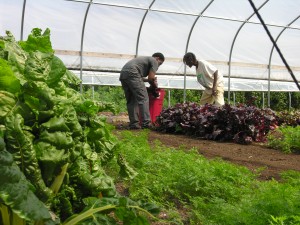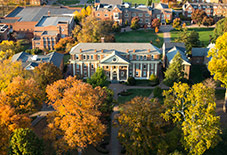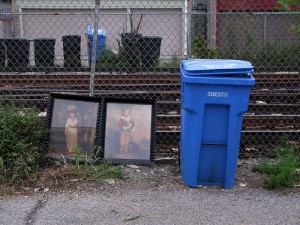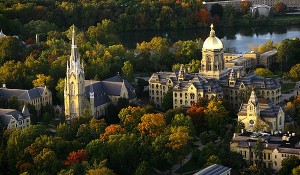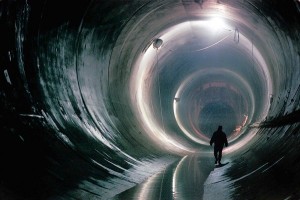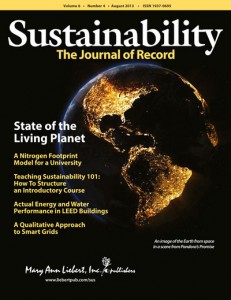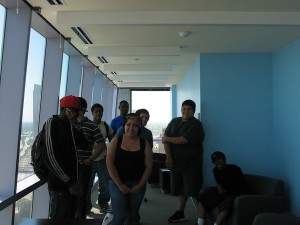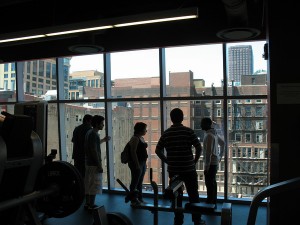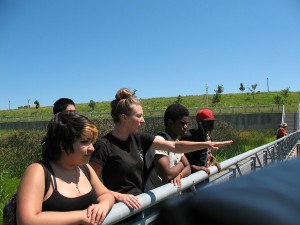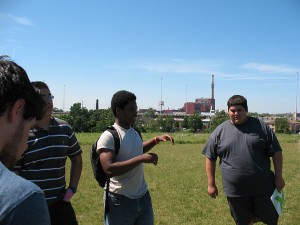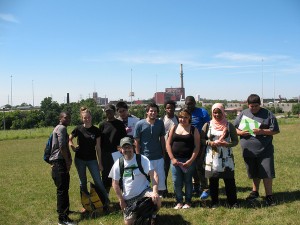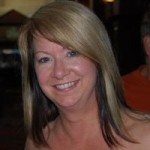Recent reports in the popular media would have it that the humanities are embattled: waning in popularity among students, deemed irrelevant by the general public, and viewed by legislators as expendable luxuries in today’s rapidly changing higher education environment. In truth, though, the humanities in general — and the environmental arts and humanities in particular — have never been more important and necessary, both to the academy and within the culture at large.
First, a bold claim: the arts and humanities, broadly conceived, are the most exciting and diverse sources of creativity, intellectual speculation, and cultural critique we have. Together with the empirical methods of the physical and biological sciences, as well as the critical tools of the social and behavioral sciences, the arts and humanities do a great deal more than provide us with amusing diversions or a well-rounded college education. They literally define us as a species. They embody the best of our capacities as human beings.
Just as importantly, the three Es of sustainability — Ecology, Economy, and Equity — dictate a vital role for the environmental arts and humanities in envisioning and working toward a more sustainable future for humanity as well as for the millions of fellow species on our beautiful yet vulnerable planet. Thought-provoking ideas, artwork, architecture, poetry, stories, historical accounts, ethical frameworks, theater, music, theology, and films are necessary complements to the production of ecological data and development of progressive environmental policy.
Why? Because ideas and vision matter. Compelling narratives, whether literary or visual, can bring scientific facts to life and change hearts and minds. Ethics must guide our thinking to ensure that social equity and environmental justice are not marginalized or ignored in the pursuit of the next great clean energy source or wastewater treatment process or organic food production system. Environmental and economic sustainability thus cannot be achieved without the full participation and engagement of the arts and humanities.
Consider just one issue: climate change, arguably our most pressing and seemingly intractable global problem. Decades of compelling scientific evidence on global warming, glacial retreat, increasing severe storm frequency, rising ocean levels, and more have not yet produced the sea change in values and priorities needed to create effective national climate change mitigation laws. Neither have the voluminous policy analysis, political lobbying, and other efforts by social scientists and activists.
Science and policy do matter, of course. But they are not enough. This is where the environmental arts and humanities — those areas of inquiry and creative expression concerned with the natural environment and our place in it — come into play, not in opposition to the empirical findings and systematic methodologies of the natural and social sciences, but in concert with them.
In a truly sustainable society, an ethic of stewardship would reside in each individual as well as be a pervasive value within the community. Such an ethos, though, is seldom adopted in a fully rational way based upon mere apprehension of scientific data. It must be embodied and inspired by stories, arresting images, powerful metaphors, enduring questions; it should be felt as well as comprehended. It is not surprising, then, that the scientist-writers I have researched and greatly admire — Rachel Carson, Aldo Leopold, Loren Eiseley; and in the present day, E. O. Wilson, Sandra Steingraber, and others — articulate this synthesis in their work.
Influenced by these and other artists, writers, and scientists, my own journey as a scholar and teacher have affirmed for me the capacity for art, storytelling, history, music, and poetry to enrich and energize the conversations we must have about environmental science and policy. All of these endeavors, properly integrated, can help us work toward the long-term sustainability of our planet.
